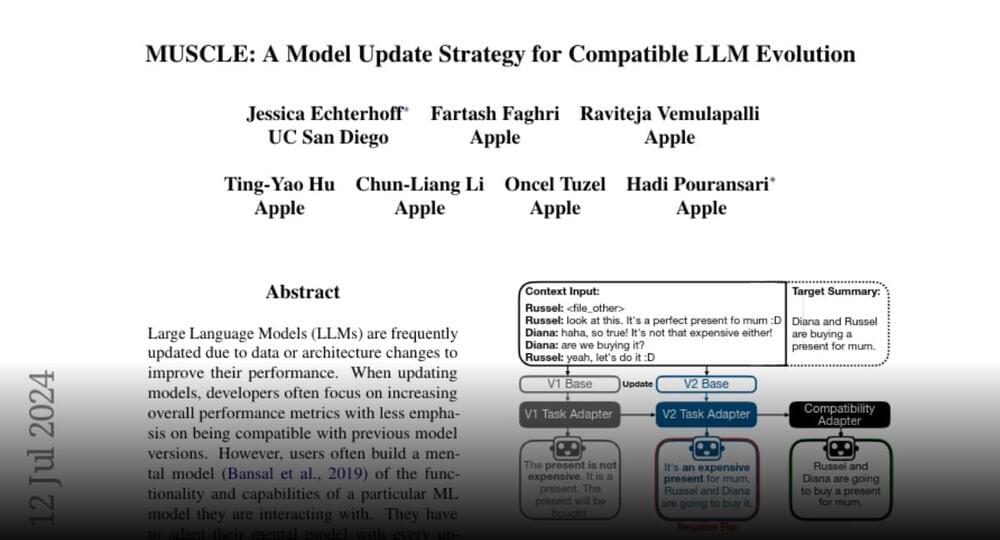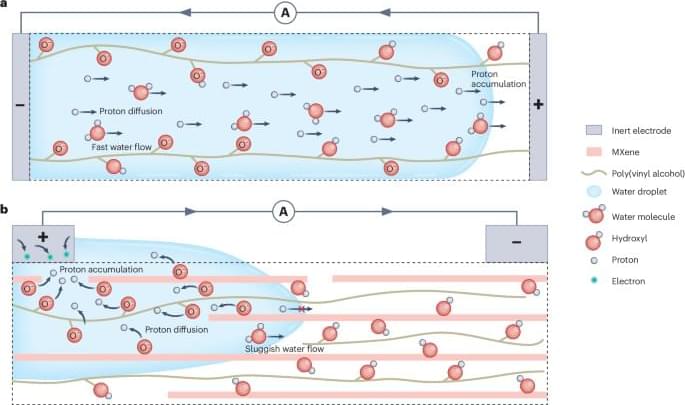A digital “primordial soup” with no rules or direction can lead to the emergence of self-replicating artificial life forms, in an experiment that may hint at how biological life began on Earth.


A digital “primordial soup” with no rules or direction can lead to the emergence of self-replicating artificial life forms, in an experiment that may hint at how biological life began on Earth.

At the very smallest scales, our intuitive view of reality no longer applies. It’s almost as if physics is fundamentally indecisive, a truth that gets harder to ignore as we zoom in on the particles that pixelate our Univerrse.
In order to better understand it, physicists had to devise an entirely new framework to place it in, one based on probability over certainty. This is quantum theory, and it describes all sorts of phenomena, from entanglement to superposition.
Yet in spite of a century of experiments showing just how useful quantum theory is at explaining what we see, it’s hard to shake our ‘classical’ view of the Universe’s building blocks as reliable fixtures in time and space. Even Einstein was forced to ask his fellow physicist, “Do you really believe the Moon is not there when you are not looking at it?”


Could an exoplanet’s that is tidally locked to its parent star exhibit differences in atmospheric behavior at the boundary of its permanent dayside and permanent nightside, also known as the terminator? This is what a recent study published in Nature hopes to address as a team of international researchers investigated the unique atmosphere of WASP-39 b, whose radius is just under 1.3 times that of Jupiter, orbits in just 4.1 days, and is located just under 700 light-years from Earth. This study holds the potential to help scientists better understand the formation and evolution of exoplanet atmospheres, specifically once that are tidally locked to their parent star.
Artist’s rendition of WASP-39 b’s terminator. (Credit: NASA, ESA, CSA, R. Crawford (STScI))
“WASP-39 b has become a sort of benchmark planet in studying the atmosphere of exoplanets with Webb,” said Dr. Néstor Espinoza, who is an Assistant Astronomer and Mission Scientist for Exoplanet Science at the Space Telescope Science Institute (STScI) and lead author on the study. “It has an inflated, puffy atmosphere, so the signal coming from starlight filtered through the planet’s atmosphere is quite strong.”

Apple presents MUSCLE A Model Update Strategy for Compatible LLM Evolution.
Apple presents MUSCLE
A model update strategy for compatible LLM evolution.
Jessica Echterhoff, Fartash Faghri, Raviteja Vemulapalli, Ting-Yao Hu, Chun-Liang Li, Oncel Tuzel, Hadi Pouransari UC San Diego & Apple July 2024 https://huggingface.co/papers/2407.
- Large Language Models (LLMs) are…
Join the discussion on this paper page.
A robotic truck equipped with a 105-ft (32-m) telescopic boom arm has just journeyed from Australia to Florida. Now the construction robot will get busy churning out up to 10 houses in a bid to become the employee of choice for building entire communities.
The truck and its accompanying brick-laying arm is known as the Hadrian X and has been developed by robotics company FBR, which first announced its prototype in 2015. That machine could complete a full-sized house in two days. Last year, FBR (which used to stand for Fastbrick Robotics), showed off the new Hadrian X which, at top speed, could stack 500 USA-format masonry blocks per hour.
The robotic vehicle/construction arm gets to work after it is loaded by pallets containing the blocks. Each block is then sent down a chute on the arm, painted with a quick-dry construction adhesive that takes the place of mortar, and is placed by a variable gripper at the end of the arm. Thanks to its impressive length, the arm is able to build structures that are three stories tall. Plus, because it’s a robot, it never needs to sleep or take a break if the weather turns nasty, so it can chug along pretty much 24/7.



As space travel becomes more common, it is important to consider the impacts of space flight and altered gravity on the human body. Led by Dr. Ana Diaz Artiles, researchers at Texas A&M University are studying some of those impacts, specifically effects on the eye.
Gravitational changes experienced by astronauts during space travel can cause fluids within the body to shift. This can cause changes to the cardiovascular system, including vessels in and around the eyes.
As the commercialization of space flight becomes more common and individual space travel increases, astronauts will not be the only ones experiencing these changes. Individuals traveling to space with commercial companies may not be as fit or healthy as astronauts, making it even more important to understand the role that fluid shift plays in cardiovascular and eye health.